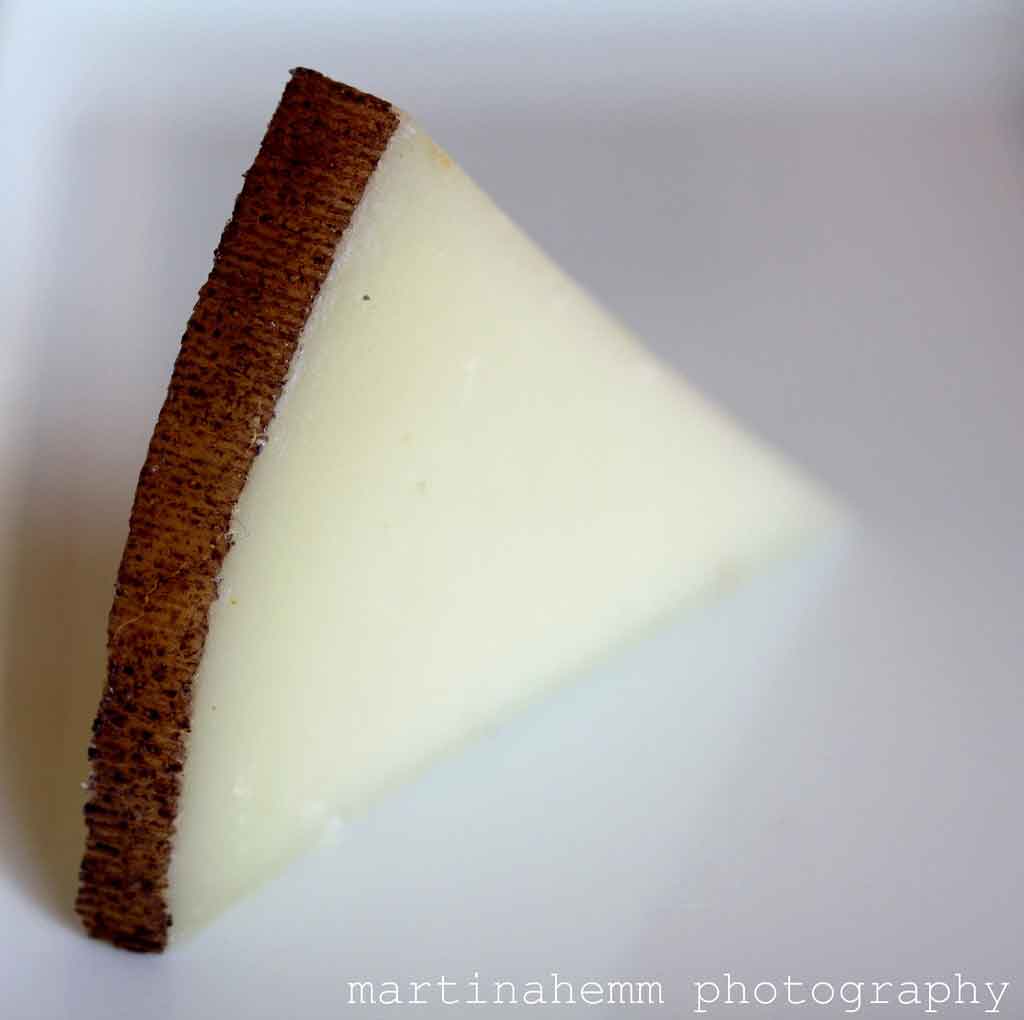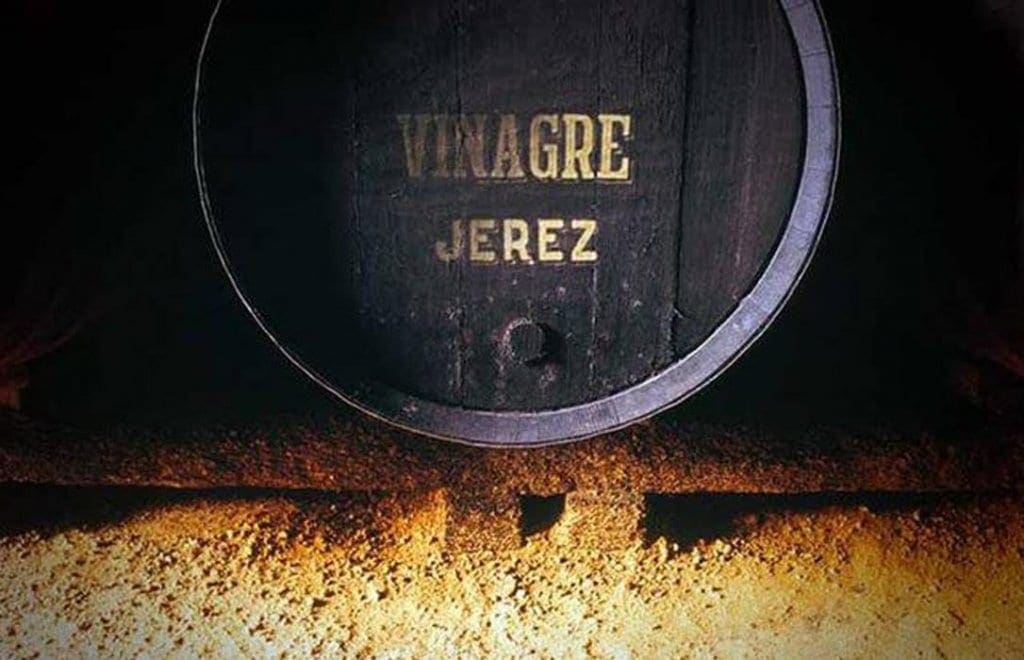
A Taste of Spain: A Quick Guide to Spanish Cheeses
June 11, 2010
Discover Spanish cheeses' diverse and delectable world, from tasty Cabrales to tangy Manchego. A culinary journey across Spain's cheese landscape.
By: Genevieve Mc Carthy / Last updated: June 5, 2024
Estimated reading time: 5 minutes
In recent years, Sherry Vinegar has become an esteemed ingredient in gastronomy. This unique vinegar, derived from a wide variety of quality fruits, wine, malt, and rice, boasts an impressive array of intense and complex flavors that have captivated the palates of food professionals worldwide.

From seasoned 3 Michelin-starred chefs to aspiring sous chefs, the culinary community universally recognizes the exceptional potential of Sherry Vinegar. Its remarkable ability to enhance vinaigrettes, soups, salads, and sauces has made it indispensable in countless dishes. Notably, the iconic Andalusian soup, Gazpacho, is a prime example of its essential role in local cuisine.
French chefs, renowned for their discerning tastes, have long regarded the Andalucian Vinagre de Jerez as the definitive choice for certain culinary creations. Consequently, France has served as a critical market for Sherry Vinegars, solidifying its reputation as a cherished ingredient for countless French delicacies.
Considering the reverence and acclaim bestowed upon Sherry Vinegar, one might find it surprising that its producers once dismissed it as a failed byproduct of Sherry’s production. However, with the discovery of its excellent flavor profile and culinary versatility, this once-overlooked vinegar has emerged as a sought-after treasure celebrated by gastronomes worldwide.
Spain has long established itself as a renowned producer of top-quality wine vinegar, with its prestigious Vinagres de Jerez now reigning supreme as the world’s largest producer. These exceptional vinegars are meticulously crafted in the captivating region of Andalusia, situated in the province of Cadiz within the famed “sherry triangle.” This area is widely recognized as the epitome of exoticism and allure in southern Spain.
Andalusia, aptly called the land of fortified wines, takes great pride in its extraordinary Sherry production, which is the pinnacle of the region’s vinicultural accomplishments. The time-honored Sherry-making process has remained unchanged throughout the centuries. Local grape varieties like Palomino and Pedro Ximenez undergo a traditional fermentation process. Subsequently, they are fortified with grape spirit and patiently aged using the Solera system, wherein Sherries from different vintages are meticulously blended and gradually matured. Interestingly, the process employed to create Sherry Vinegar closely mirrors this revered winemaking tradition.
However, it is worth noting that Sherry Vinegars were historically not marketed as gourmet products until the mid-1950s. During this period, enterprising winemakers recognized the potential to transform their vinegar into a superior offering by adopting the same aging techniques used for their esteemed Sherries. This realization led to the birth of a new category of vinegar that would captivate the palates of discerning consumers seeking excellence.
Thus, from its humble beginnings, Sherry Vinegar has emerged as a testament to Spain’s mastery of the art of vinegar production. The meticulous craftsmanship, inspired by centuries of winemaking heritage, has elevated this once-overlooked ingredient to the forefront of gourmet cuisine. Today, Sherry Vinegar continues to be cherished and revered by food enthusiasts worldwide.
The method of crafting Vinagre de Jerez is rigorously overseen by the Sherry Regulatory Council, which holds a protected designation of origin (D.O.). The journey begins with freshly fermented wines, which undergo a meticulous secondary fermentation process orchestrated by acetic acid bacteria that transform the wine into vinegar. Adhering to the D.O. guidelines, the vinegar is then aged in American oak barrels previously used in Sherry production. Over time, vinegars from different vintages are artfully blended, culminating in an extraordinary final product.
To meet the D.O. requirements, the resulting vinegar must possess a minimum acidity level of 7 degrees. Many exemplars are aged for extended periods, ranging from 30 to 50 years, yielding a profound flavor profile, dark hue, and delightfully smooth texture. Undoubtedly, this vinegar is a gourmet delight, appealing to the discerning palates of connoisseurs worldwide.
It’s important to note that Sherry Vinegars are not uniform in character, as various styles are crafted within the appellation guidelines. These styles diverge based on the duration of barrel aging, akin to the traditional classification system found in Rioja wines, encompassing Crianza, Reserva, and Gran Reserva designations. While the standard Vinagre de Jerez requires a minimum aging period of 6 months, Reservas typically mature for over two years. Gran Reservas are aged between 10 and 20 years, some surpassing these timeframes. Additionally, the grape varietals used in winemaking contribute to the diversity of Sherry Vinegars. For instance, Palomino vinegar showcases a savory profile, while Pedro Ximenez vinegar leans towards a sweeter note.
Thus, the realm of Sherry Vinegars offers an exquisite range of flavors and styles, all meticulously crafted under the watchful eye of the D.O. guidelines. The diversity in aging, grape selection, and characteristics ensures a Sherry Vinegar is suited for every culinary creation, promising a delightful and nuanced experience for gastronomes and food lovers alike.
If you would like us to customize an exclusive luxury tour, contact us and let us know your travel plans. We offer luxury food and wine tours for private groups of a minimum two guests. In addition, all of our private, chauffeured tours are available year-round upon request.


Virginia Barilesays:
March 31, 2021 at 3:31 am
Is sherry vinegar still produced by the Jose de Soto brand?